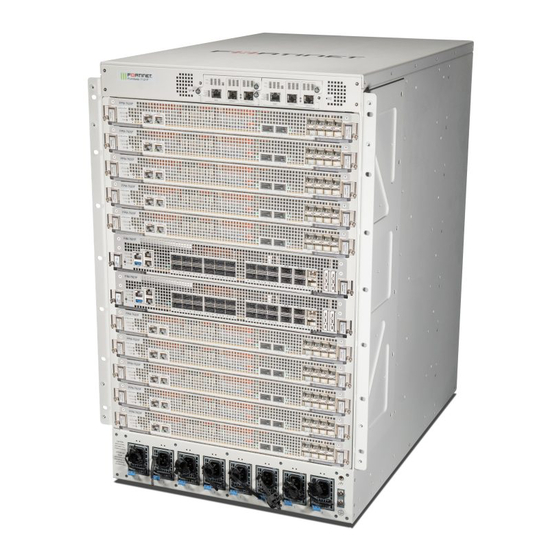
Fortinet FortiGate-7000F Series System Manual
Hide thumbs
Also See for FortiGate-7000F Series:
- Manual (30 pages) ,
- Manual (32 pages) ,
- System manual (68 pages)
Table of Contents
Advertisement
Quick Links
Advertisement
Table of Contents





Need help?
Do you have a question about the FortiGate-7000F Series and is the answer not in the manual?
Questions and answers